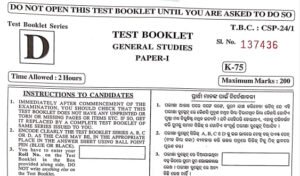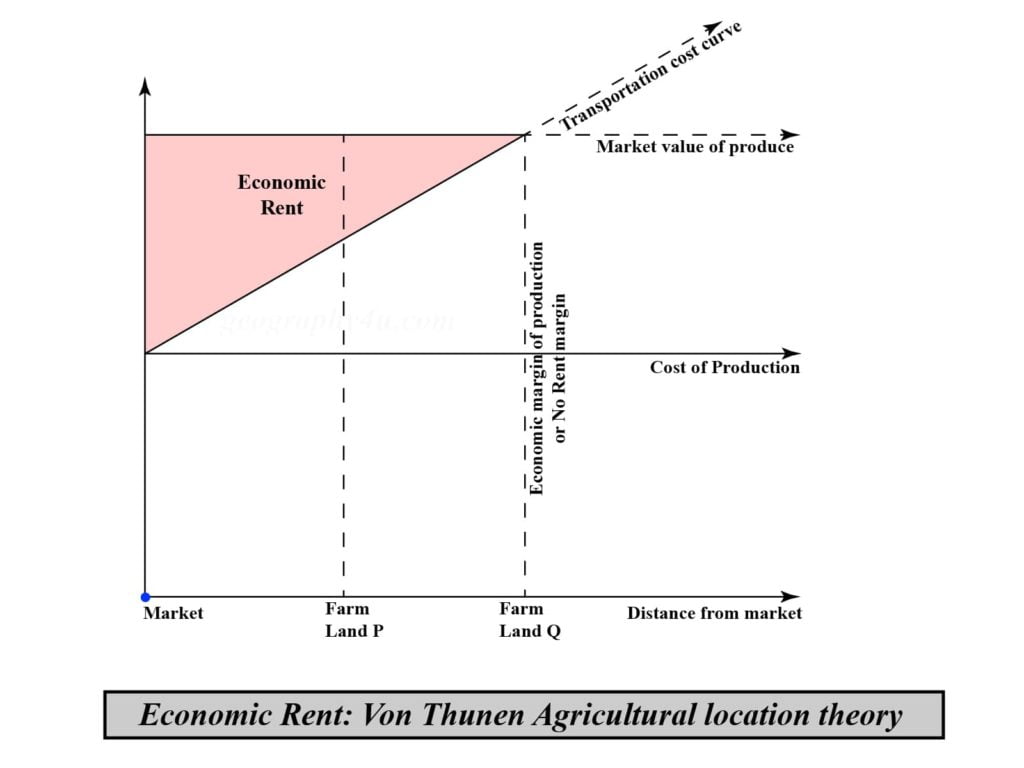

|
Critically examine : Critically is usually added to the directive when the topic is controversial or issues related to it clearly have both positives and negatives. Critically examine means to look at something closely and with a critical eye. It can also mean to consider both the good and bad aspects of something. |
Von Thunen’s agricultural location theory, proposed in the early 19th century, explains the spatial organization of agricultural activities around a central market. It is based on the premise that transportation costs and land rent influence the type of agriculture practiced at varying distances from the market.
Key Assumptions of the Theory:
Application in Indian Context:
Conclusion: While Von Thunen’s theory provides a foundational understanding of agricultural location and land use, its direct applicability to the Indian context is limited due to the country’s diverse agro-climatic conditions, multiple markets, varied transportation infrastructure, fragmented landholdings, and the influence of government policies. However, the theory’s principles can still offer insights into the spatial organization of agriculture in specific regions with similar conditions.